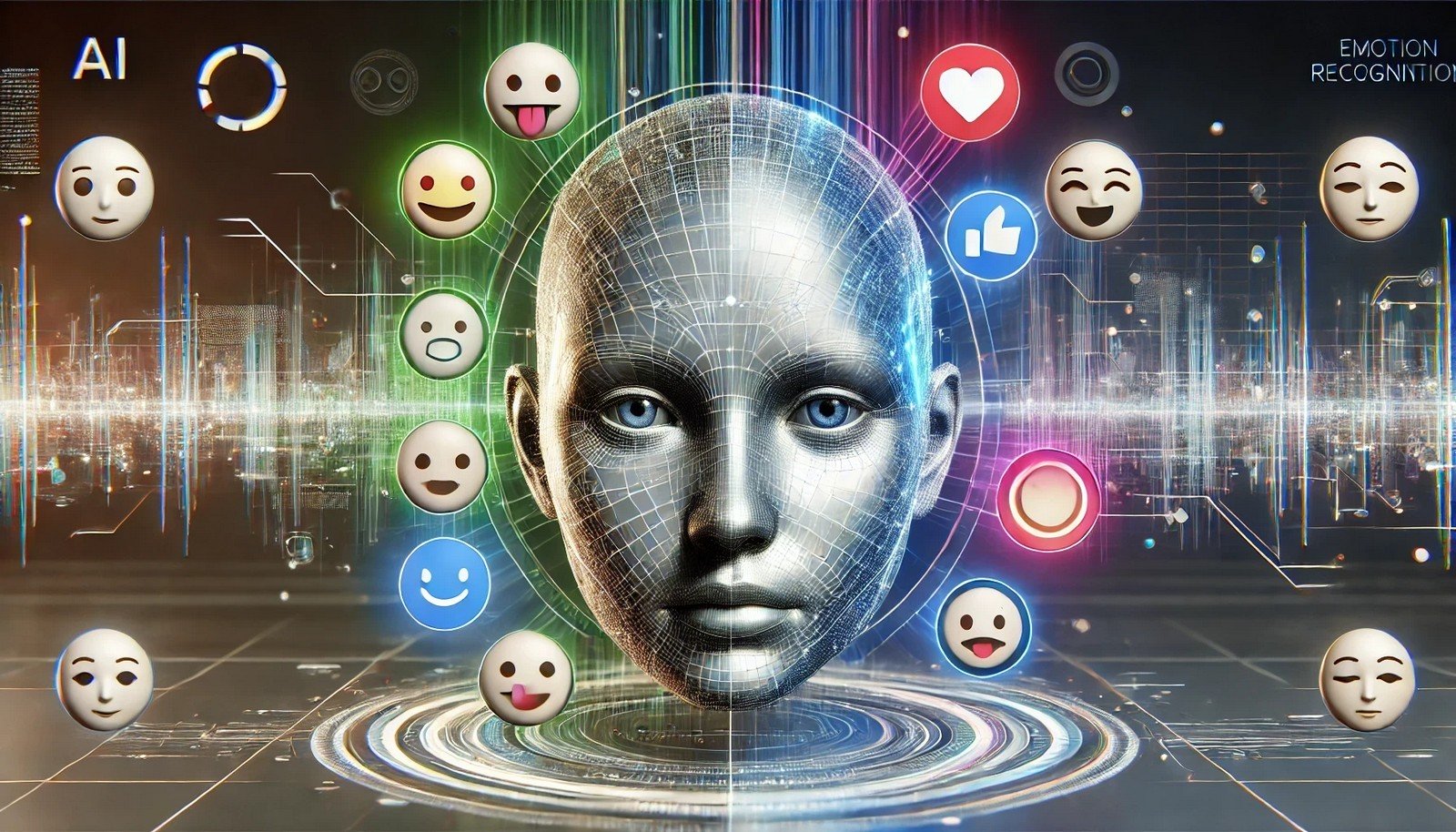AI Emotion Recognition

Quick Navigation:
- AI Emotion Recognition Definition
- AI Emotion Recognition Explained Easy
- AI Emotion Recognition Origin
- AI Emotion Recognition Etymology
- AI Emotion Recognition Usage Trends
- AI Emotion Recognition Usage
- AI Emotion Recognition Examples in Context
- AI Emotion Recognition FAQ
- AI Emotion Recognition Related Words
AI Emotion Recognition Definition
AI Emotion Recognition is a subset of affective computing that uses machine learning algorithms and artificial intelligence to detect and interpret human emotions. By analyzing data such as facial expressions, vocal tones, body language, and physiological responses, AI systems can assess emotional states with considerable accuracy. These systems are often employed in applications like customer service, mental health assessments, and security, where understanding human emotion can lead to improved interactions and decision-making.
AI Emotion Recognition Explained Easy
Imagine a friend who can tell if you're happy or sad just by looking at your face and hearing your voice. AI Emotion Recognition is like that friend – it uses cameras and microphones to "see" or "hear" you and then figures out how you might be feeling. This technology helps computers understand people better.
AI Emotion Recognition Origin
The origins of AI Emotion Recognition trace back to early psychological studies in facial expressions and affective science. These studies later merged with artificial intelligence, giving rise to emotion recognition technologies in the late 20th and early 21st centuries.
AI Emotion Recognition Etymology
"Emotion Recognition" reflects the technology's purpose: "emotion" describes human feelings, while "recognition" refers to the machine's ability to detect and identify these feelings through data.
AI Emotion Recognition Usage Trends
AI Emotion Recognition has rapidly gained traction over the past decade, especially in sectors like marketing, security, mental health, and automotive industries. Its use has sparked both interest and debate regarding privacy, ethics, and its impact on human-machine interactions. Despite concerns, the trend shows increasing integration of emotion recognition in everyday technology, such as virtual assistants and customer feedback systems.
AI Emotion Recognition Usage
- Formal/Technical Tagging:
- Affective Computing
- Machine Learning
- Emotional AI - Typical Collocations:
- "emotion recognition system"
- "facial emotion analysis"
- "AI emotion detection"
- "emotion AI in customer service"
AI Emotion Recognition Examples in Context
- AI emotion recognition helps assess drivers' emotions in smart cars to ensure safety by detecting signs of stress or fatigue.
- Virtual assistants use emotion recognition to adjust their responses, enhancing user satisfaction.
- Customer service bots with emotion recognition can respond empathetically to customer moods.
AI Emotion Recognition FAQ
- What is AI Emotion Recognition?
AI Emotion Recognition is technology that uses AI to detect and interpret human emotions based on visual, auditory, and physiological data. - How accurate is AI Emotion Recognition?
Accuracy varies but can reach high levels when using advanced models and quality data, though it's influenced by factors like lighting and cultural differences. - What industries use AI Emotion Recognition?
Industries such as healthcare, automotive, customer service, and security commonly use AI Emotion Recognition. - Is AI Emotion Recognition ethical?
Ethical concerns include privacy issues and potential misuse of emotional data, leading to ongoing debates and regulations. - How does facial recognition relate to emotion recognition?
Facial recognition identifies individuals, while emotion recognition focuses on interpreting facial expressions to understand emotional states. - Can AI detect complex emotions?
AI can detect basic emotions (like happiness or anger) well, but complex emotions (like pride or guilt) are more challenging. - What are some applications of AI Emotion Recognition in healthcare?
It's used in mental health assessments, therapy, and monitoring patient emotions to provide better care. - What data does AI Emotion Recognition analyze?
It analyzes facial expressions, voice tone, body language, and sometimes physiological signals like heart rate. - Can AI Emotion Recognition help in educational settings?
Yes, it can help monitor student engagement and emotional well-being, supporting personalized learning. - What are the challenges of AI Emotion Recognition?
Challenges include data privacy, ensuring accurate emotion detection across cultures, and addressing biases.
AI Emotion Recognition Related Words
- Categories/Topics:
- Affective Computing
- Emotional AI
- Human-Computer Interaction
Did you know?
In 2020, a major retail company experimented with AI Emotion Recognition to gauge customer satisfaction levels by analyzing facial expressions. This pilot program aimed to gather insights on customer sentiment to tailor services but raised discussions on privacy implications.
PicDictionary.com is an online dictionary in pictures. If you have questions or suggestions, please reach out to us on WhatsApp or Twitter.Authors | Arjun Vishnu | @ArjunAndVishnu

I am Vishnu. I like AI, Linux, Single Board Computers, and Cloud Computing. I create the web & video content, and I also write for popular websites.
My younger brother, Arjun handles image & video editing. Together, we run a YouTube Channel that's focused on reviewing gadgets and explaining technology.



Comments powered by CComment